
Elise, 25, is fidgeting in a hardback black plastic chair in a small clinical room at a detox unit in the picturesque regional Australian city of Orange, inland New South Wales. Occasionally touching her face, her eyes are darting around the room. Elise [not her real name] has been heavily addicted to methamphetamine for the past four years, using a gram a day of the drug known as ice up to five days a week, crashing on the weekends.
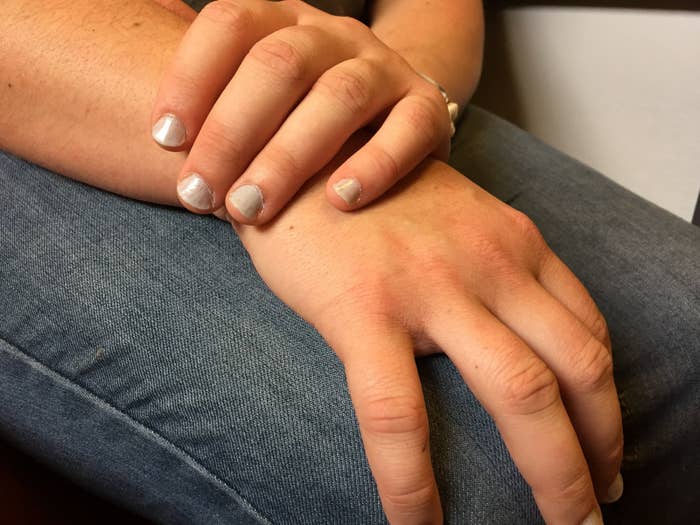
Speaking with BuzzFeed News, Elise's emotions oscillate between sadness, regret, hope and anger. At just 25 she's lost everything: job, car, house, friends and family. Her young son is currently being cared for by her parents.
"I was using speed before, and it made me feel pretty good and kept me awake because I was working pretty long hours. When I first tried ice, I didn’t even know it was ice. I was tricked into using it, I just thought it must have been speed or something, and I thought it was the most amazing thing and I never looked back."
"A gram [of methamphetamine] costs as much as $300 a day, and it would get really out of hand. I needed to spend that much to get a hit, a proper rush."
The detoxification unit is Elise's first step toward residential rehabilitation. It will be her second attempt at kicking the drug. She says the first time didn't work because she "wasn't committed".
Elise wants a drug-free life after sinking to rock bottom. Earlier this year she was arrested for fraud, caught forging cheques and cashing them in to feed her addiction. The ice had also started to poison her physical and mental health.
"My skin was insanely bad. And the weight loss. I had to go to mental health because I started to get a bit of psychosis from the paranoia and stuff and the twitching. I thought, 'holy crap this is really bad.'"

Julaine Allan, the deputy executive officer of the Lyndon Community centre which is helping Elise get back on her feet, tells BuzzFeed News that the number of Aboriginal people across regional NSW seeking help for methamphetamine has steadily increased in recent years.
"There are more people using methamphetamine in the smaller, poorer communities. I think it’s probably a higher rate in the Aboriginal community than the non-Aboriginal community. About 2% of the [drug using] population, in general, are amphetamine users, it's more like eight to 10% in Aboriginal communities.
"We're seeing a lot more Aboriginal people come to our treatment services; probably about 20% of our treatment services were Aboriginal eight years ago and now it’s 50%."
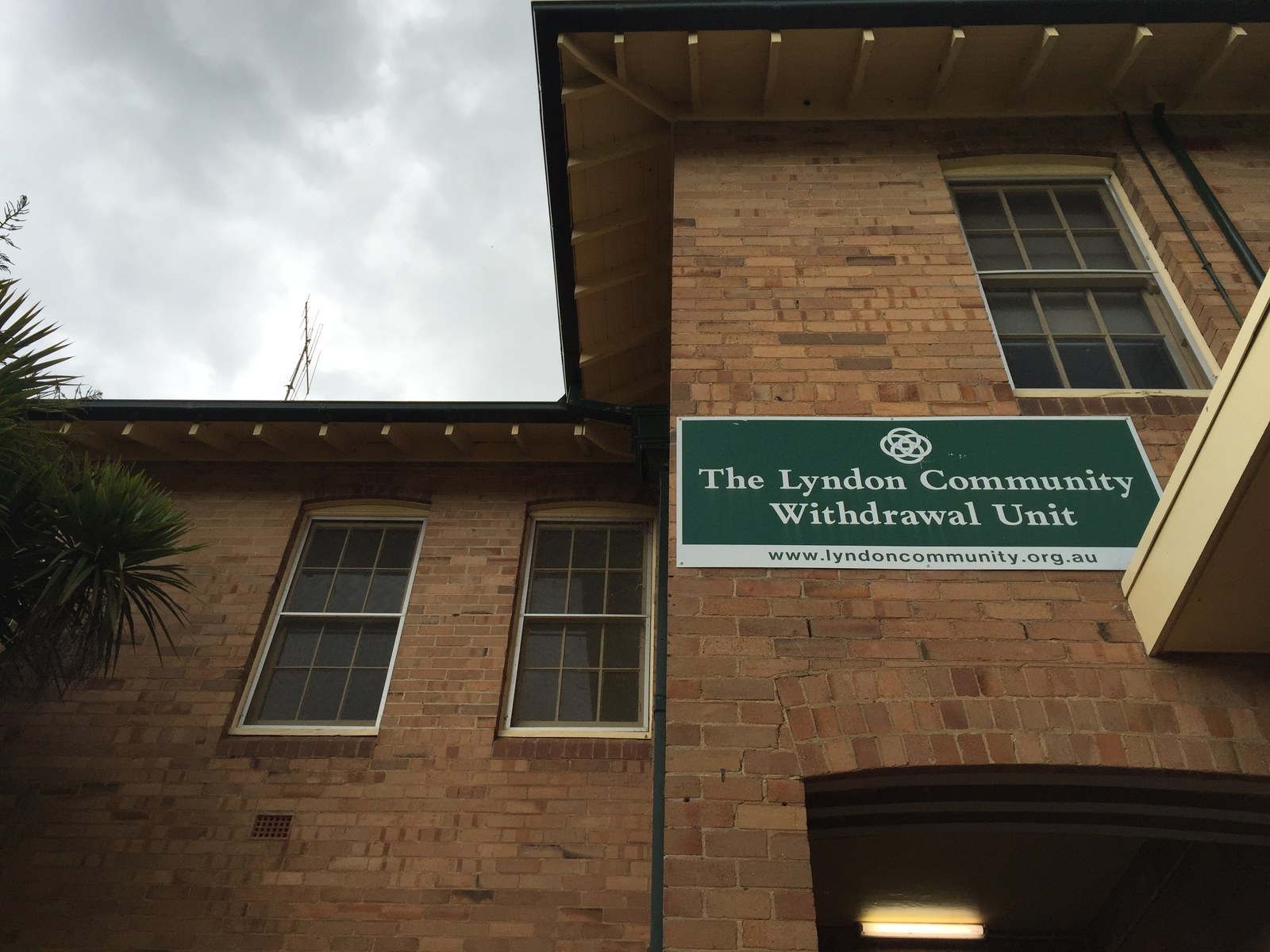
Between January and July this year Lyndon Community treated 980 people for substance abuse issues, 60 percent of those came from western NSW.
"The problem is for people that want to go to rehab, or get in touch with an alcohol and drug service, is that they really have to try hard to find one that’s close or can take them," Allan says.
"We could double our services if we had enough money to pay the staff to provide the services. And you know what? our counselors would still be busy and our beds would still be full."
When asked about what the biggest hurdle in her recovery is, Elise says bluntly that it's her hometown of Dubbo, almost 200km away. Despite having the biggest population in the central west, Dubbo doesn't have a residential rehabilitation facility. There are only three residential rehab centres beyond Sydney and the coast, waiting lists are long, the demand for a bed is high.
The closest for Dubbo residents is 200km away in Canowindra, just south of Orange. That facility is run by Lyndon Community, a non-government organisation providing a range of programs for drug treatment, primarily for people from the central west.
"There is ice everywhere [in Dubbo] and it's cheap and nasty; it's awful," Elise says. "I don't want to go back home because I know how easy it is. I know I will walk down the street, and I will see someone who will try and give it to me. I am just terrified because I don't want to use it anymore, but I know how hard it is to say no."
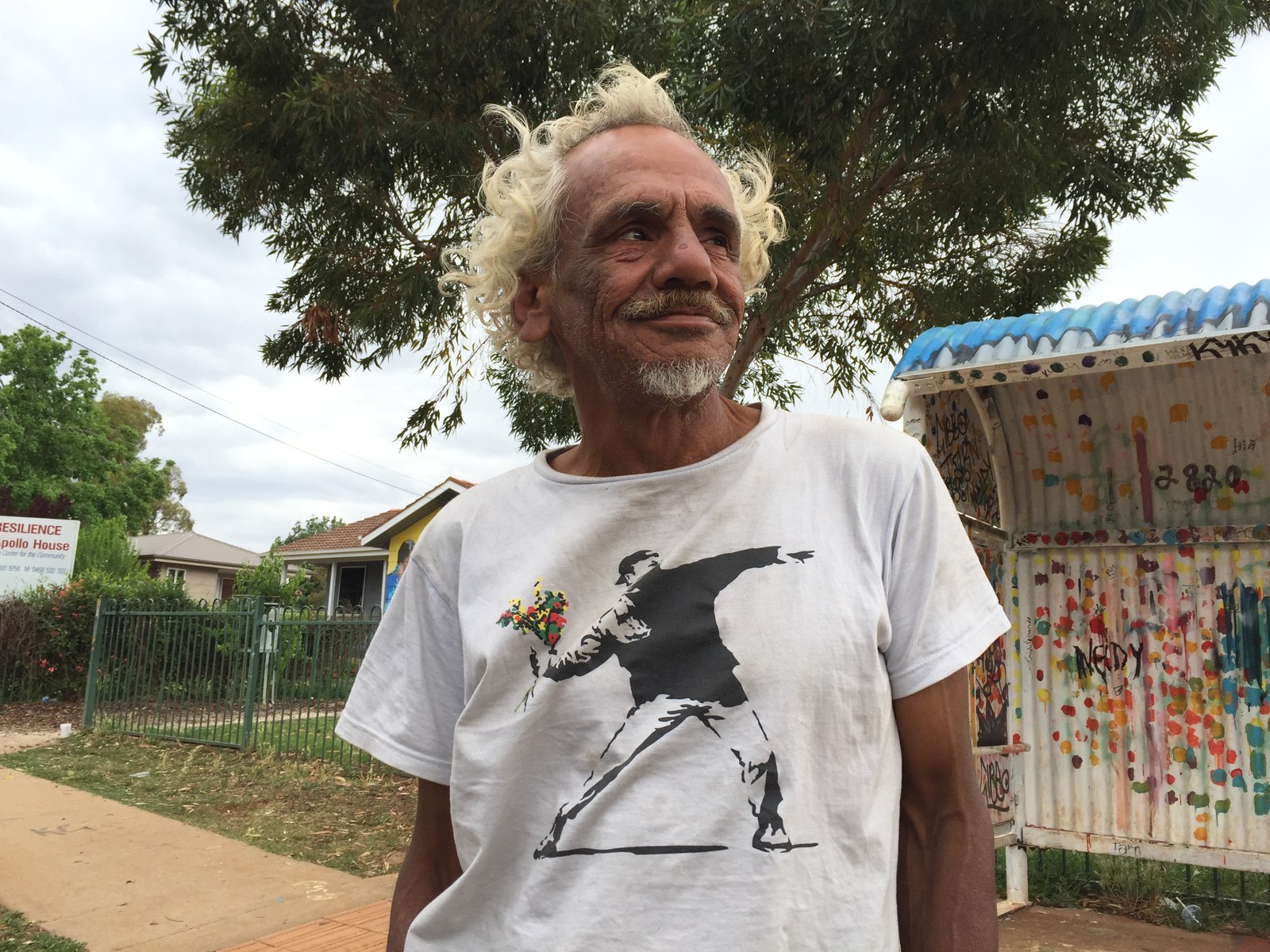
Waves of dry heat are rolling over the western NSW city of Dubbo; a five-hour drive west of Sydney. Fat thick clouds bloated with grey offer the promise of tantalising rain, but residents know better than to hold out hopes of water from above.
Dubbo sits on the edge of Australia's vast interior, a gateway to the outback. Its outskirts are lined with rows of red brick single-story houses, whole blocks encased in a whir of humming air conditioners. The bitumen and concrete gradually unfurl into farmland and dust, hinting at the looming arid landscape a few hundred kilometres west, with its flat ruby red earth and never-ending ocean of blue sky above.
In South Dubbo, Wiradjuri elder Frank Doolan is escaping the heat, sitting inside a small office clutching a white Styrofoam cup of black tea. The first thing you notice about Doolan is his snow-white hair, and then his slim, wiry body.
A print by street artist Banksy is emblazoned across his shirt. The painting, called Rage, Flower Thrower, shows a protester hurling a bouquet of flowers in place of a Molotov cocktail. The image is a fitting summation of Doolan, affectionately known as 'riverbank Frank’, a man who has dedicated a lifetime to fighting for the rights of his people, using love and respect, not violence.
Although he's seen the Koori community face many crises, Doolan says his people are now staring down the barrel of an unprecedented danger; the rise of methamphetamine.
"I would describe ice in this community as a train crash. I would describe ice in Aboriginal communities across western NSW as a train crash. People in those communities are completely stumped by this one," Doolan tells BuzzFeed News.
“It’s very scary. It’s a heightening of the levels of trauma and the drama that Aboriginal people live with. It’s a pretty bad thing. People react on ice in a way that no other drug has done to them in the past. There is no handbook for it and a lot of it is guesswork."
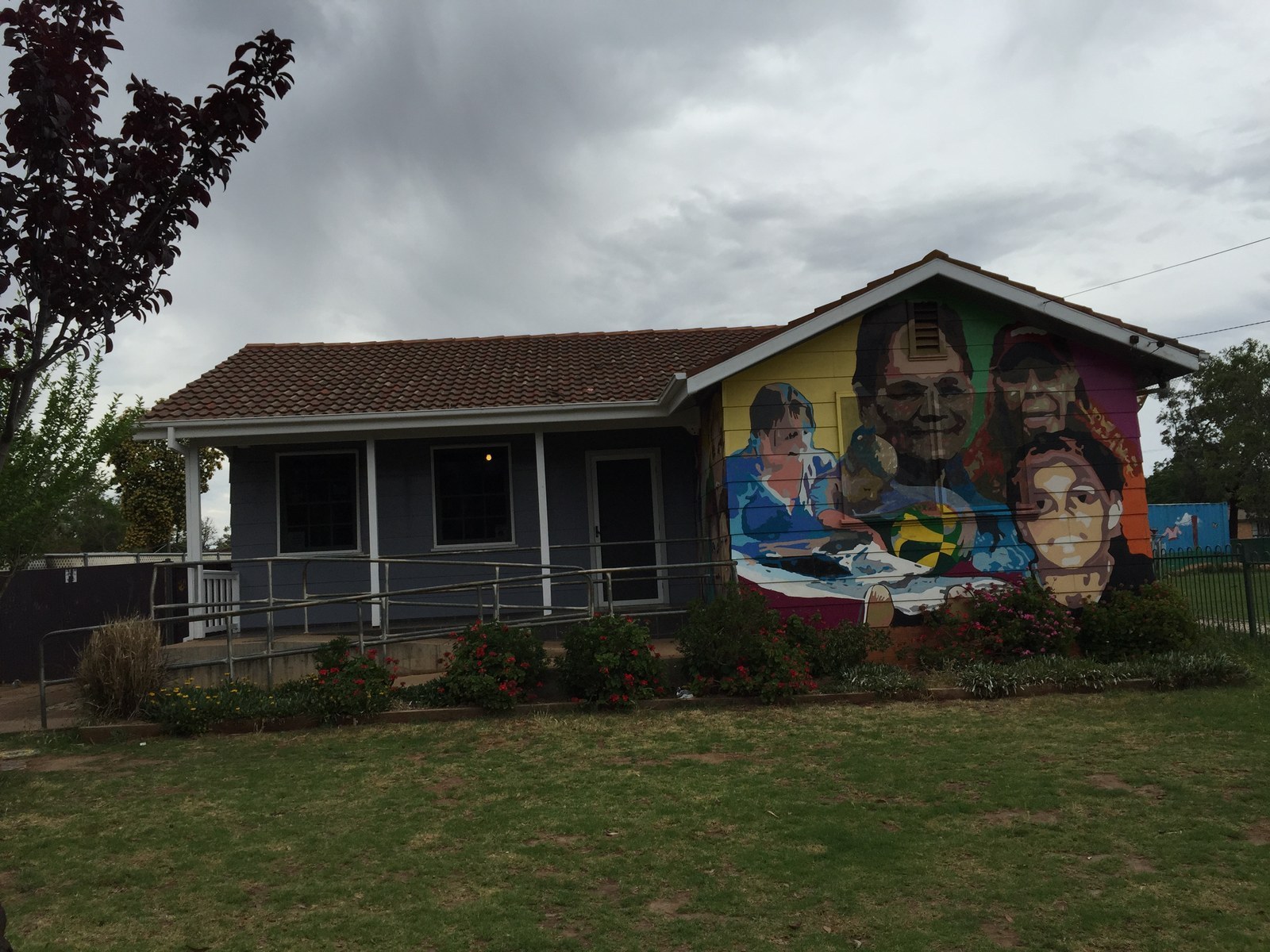
Doolan works with young Aboriginal people at Apollo House, the only community centre in the notorious Apollo Estate. A place that, up until a few years ago, Domino’s Pizza refused to deliver to. Nicknamed ‘The Bronx’ it comprises several streets running parallel to each other, made up predominately of public housing. Poverty is rife, crime and drug abuse is a part of everyday life. But strip away the ghetto hyperbole and the poverty porn headlines and you’ll find a proud community struggling to survive, and a vulnerable community being savagely preyed upon by drug dealers and manufacturers.
Doolan lifts an arm that has seen many outback summers and takes a sip of tea, looking out the window past the torn grey mesh of the fly screen, his eyes fall on the empty Collins Avenue, one of the main thoroughfares in the Apollo Estate.
“If alcohol and drug abuse affected Aboriginal families badly in the past, well, magnify that 100 times more. Ice's unpredictable nature makes it the worst thing to have to deal with in community because you just don’t know on any given day what may occur. And no one knows that better than emergency ward staff. But before people get to hospital, locals out in the Aboriginal community are seeing the effects. Especially children.”
As he speaks Doolan’s voice becomes garbled. Bowing his head, tears begin to roll down his weathered, distraught face. He recalls the first time he was offered ice by kids, a jarring realisation of how the drug had seeped into all parts of the estate.
“It is an issue when ice in a regional community can be more easily obtained than marijuana. It’s a worry too in a regional city such as Dubbo. When I’m on my way to work in the morning walking through the estate and 14-year-old kids are trying to sell me the ‘cool stuff’.”
“It raises the question in my mind, who the hell is giving these kids ice to go out and peddle on the streets of Apollo Estate? The young people are just trying to keep their heads above water or make their check go a little bit further, so they’re quite possibly unaware of the enormous and devastating impact ice will have on us as a community both now and into the future. They’re just seeing it as another way to rise above the poverty level,” says Doolan.
Ice is a synthetic man-made drug that has crept its way into Australian communities over the past decade. Country towns and remote Aboriginal communities, where there is a lack of health services and youth programs, are in the crosshairs of methamphetamine manufacturers who see these communities as an untapped marketplace to make easy cash.
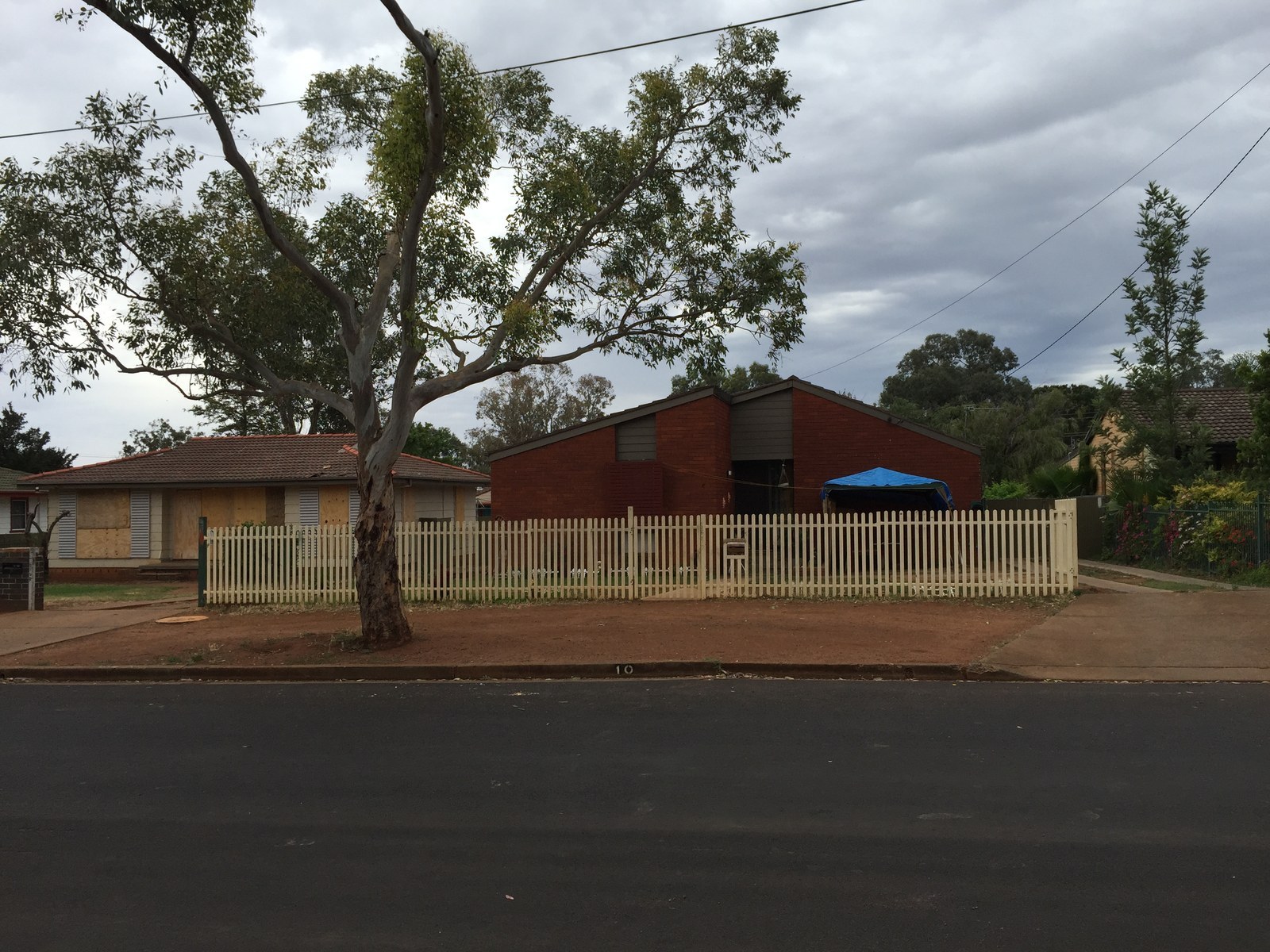
Under the midday sun the rigid long grass cracks underfoot on Apollo Estate as opened syringe packets flap and twist on the breeze, pinned to rusted wire fences. Apollo Estate resident Leanne O’Connor is sitting on her veranda balancing a tray on her lap while filling out some forms ‘for someone who needs help with their paperwork’.
O’Connor has lived at Apollo Estate for the past ten years and has become known as the community social worker. Always helping others, whether it’s court papers, Centrelink forms or recommendations, O'Connor is dedicated to her community. She says the ice problem is an unfolding daily nightmare played out on the streets in front of her house.
“I can sit back here [on the verandah] and tell if a bad batch [of ice] has come in because everyone goes psychotic and starts carrying weapons around and wants to fight each other. They carry knives around, and you can tell when [the bad batch of ice] is gone because everyone calms down. You see all of that living here.”
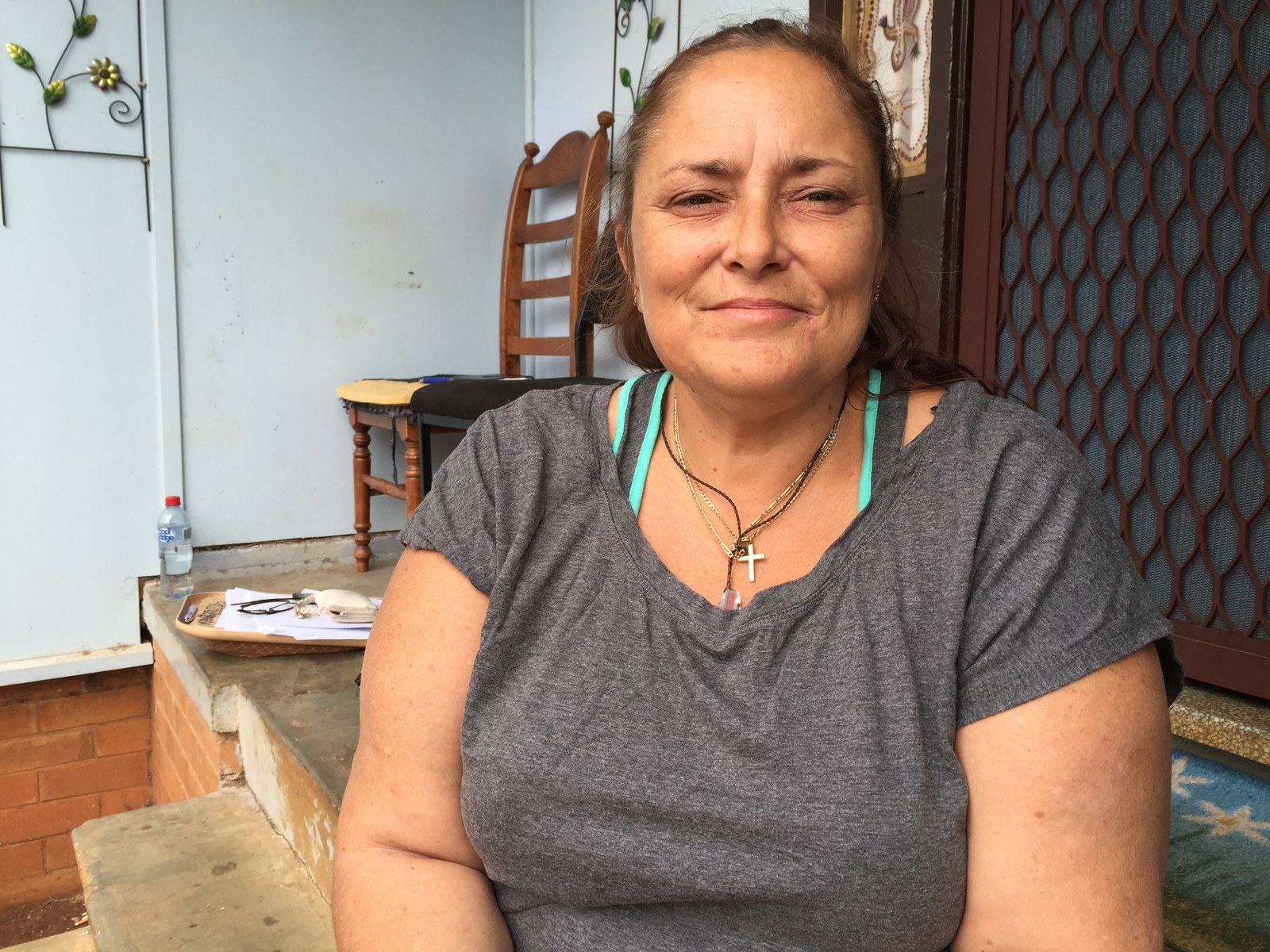
O’Connor’s brow furrows when she speaks and the gold cross on her necklace glints in the sunlight, she’s blunt about the toll ice is taking.
“These older ones get these young little ones addicted to it and then they want to make them have sex with them just so they can get their hit. It’s wrong, it’s abuse,” O'Connor tells BuzzFeed News.
"These men are dirty dogs and I see it a lot. Getting the young ones addicted to ice and then these older ones, and when I say old I mean in their thirties, and then want to make them [the young people] have sex with them to get more ice."
“Sometimes kids will go up to these men with money to buy ice and the guy will say, 'suck me off or something and you don’t have to pay'. It’s sick.”
O’Connor also says she's seen a rise in parents voluntarily placing their children into government care, unable to see a way out of their addiction.
“I see a lot of women giving up their children for ice and in my heart I don’t judge them in any way because I think they are good people for giving up their kids rather than leaving them stuck in a life they shouldn’t be in.”
“There’s a lot of bad situations here; you just have to find the best in every situation up here, because these people need a lot of help.”
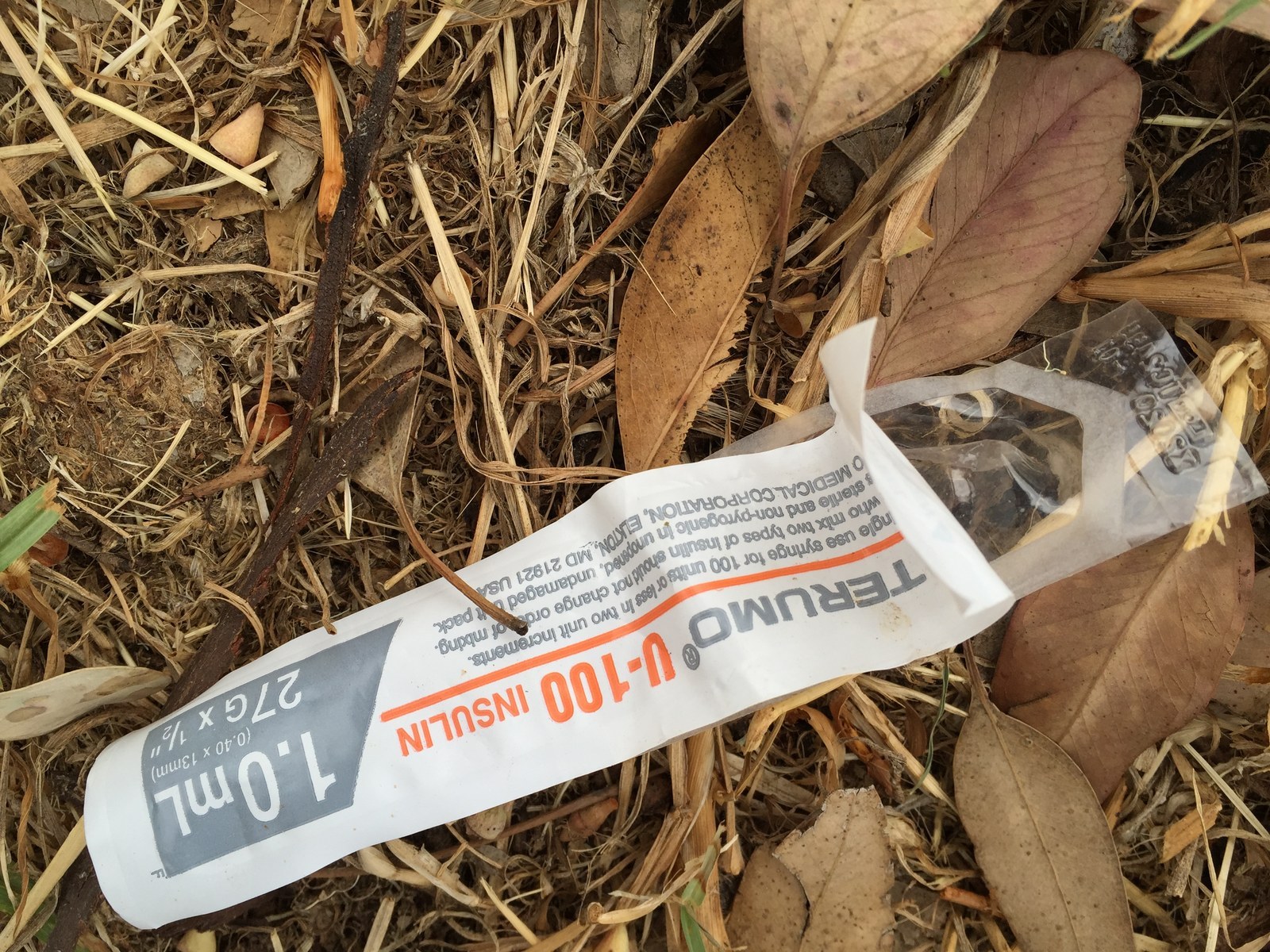
Two major roads slice through Dubbo, the Mitchell Highway connecting the east to the west and the Newell Highway linking north to south. These arterial roads cut the city into four and make Dubbo an easy place to transport drugs into. Every month hundreds of rumbling dusty road trains and Mac Trucks, carrying everything from livestock to food supplies, sail through the city.
Orana Local Area Command (LAC) Detective Chief Inspector Brett Smith tells Buzzfeed News that the majority of methamphetamine is coming through on these trucks.
“We have seized large quantities of amphetamine, not only ice, but also cannabis and a myriad of prescription drugs.”
Smith says the overwhelming majority of local drug-related crime are connected with ice.
“You’re looking at over 50% of people that do get charged with possession or supplies are generally the methamphetamine-related drugs.”
“Because it is a drug that's easily produced, there is a lot of it. And unfortunately what it comes down to is a town the size of Dubbo, which is 45 to 50,000 people, there is always going to be those people in the community with that as a drug of choice. And whilst there is a demand there is always going to be people happy to supply it," said Smith.

The city also has a large Indigenous population. According to the Bureau of Statistics almost 13% of the community identify as Aboriginal. Smith says they've been particularly hard hit by the spread of ice.
"Dubbo has a large Indigenous community and ice is a big problem, and it's unfortunate. We are working with Indigenous leaders to quell that problem."
Smith says punitive action alone will not solve the problem and says a stronger unified working relationship between government agencies is the key.
"Basically it comes down to a situation where we [the police] don’t believe we could possibly arrest [our way] out of the situation in relation to ice and the prevalence of it in Australia and regional NSW."
"Unfortunately when a crime is committed the community expects us to do our job, and that is we arrest and we charge and we place them before the court, and the NSW courts system deals with those people how they see fit. Nine times out of 10 the only way for those people to get help is for people to go through that process so that if they are incarcerated, they receive help while they are in corrective services custody. If they’re not incarcerated they are on the street and they generally continue with what they do and that is take drugs"
A National Ice Taskforce was set up in April by the then-Prime Minister Tony Abbott to develop a strategy in overcoming the ice epidemic sweeping Australia. The task force travelled around the country, consulting with communities and taking submissions from organisations dealing with the drug. Australia uses ice at higher rates than other nations.
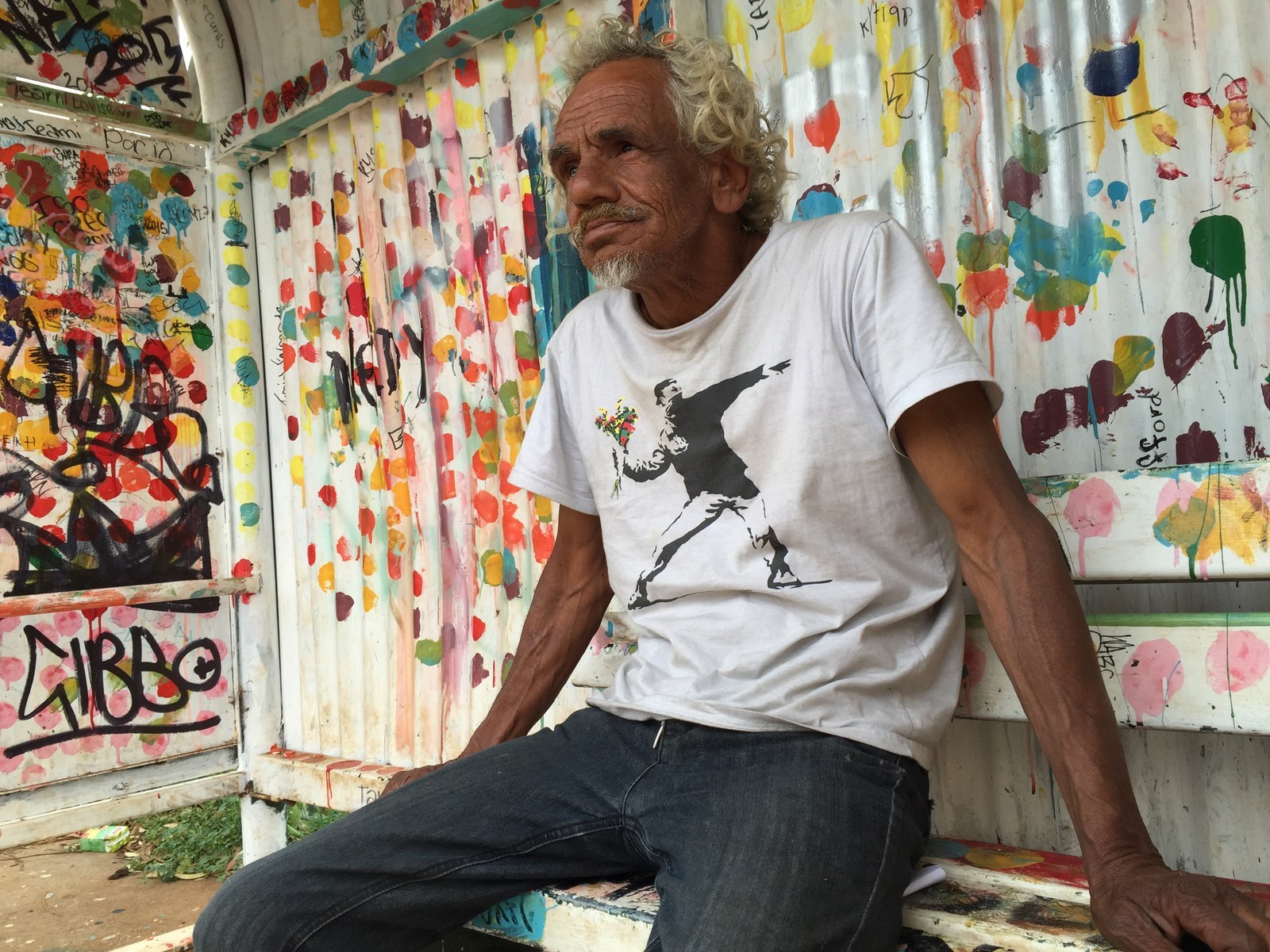
The final report was handed to the Prime Minister in early October. Its findings and recommendations haven’t been made public yet, but elders like Frank Doolan [pictured above] are hoping for substantive grassroots investment.
“Kids are caught up in this insidious business with ice, there are really no second chances. Go visit a ward where they’re rehabilitated and you’ll find they sit around in a zombie like state. My people are the dreamtime people and I just think, ‘well wow what impact is this going to have on us as a people?’”, says Doolan.
“In reality we are kangaroos caught in the headlights of an oncoming truck and the only certainty is the impending impact.”
